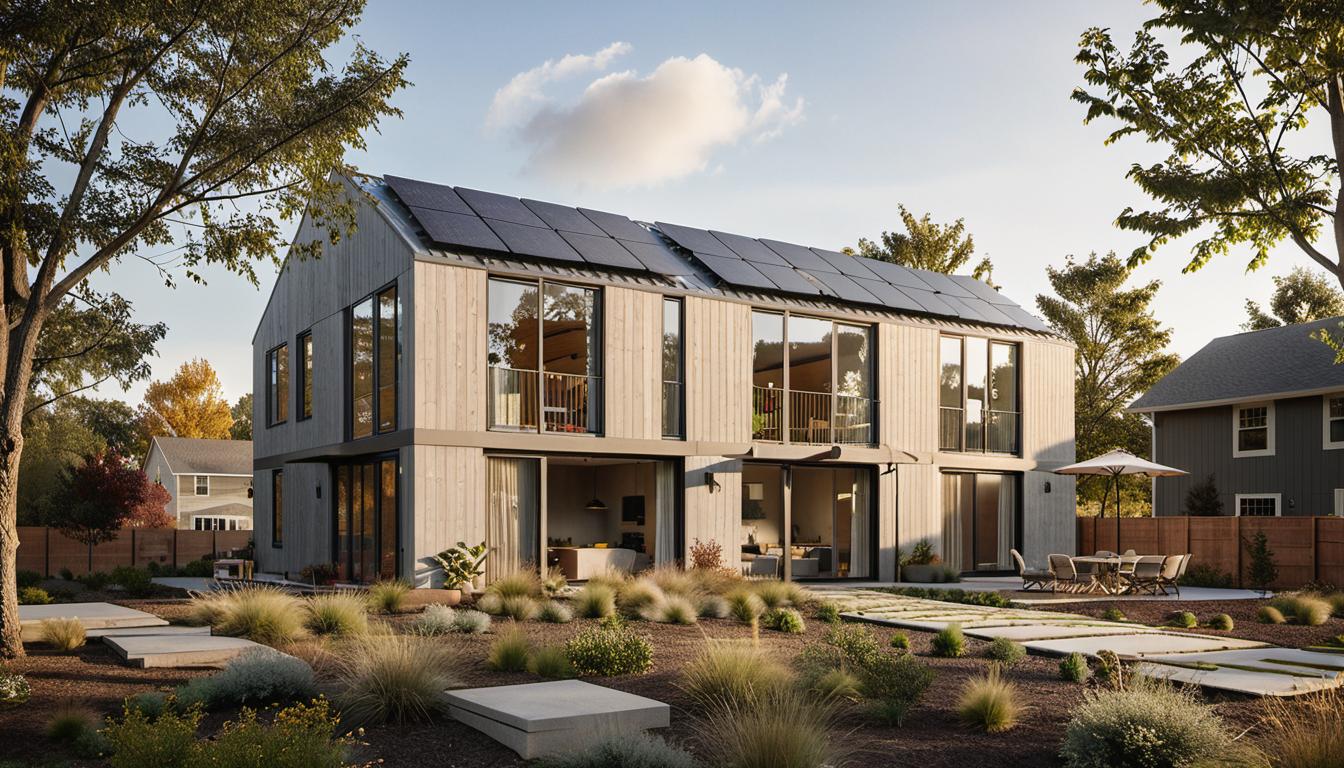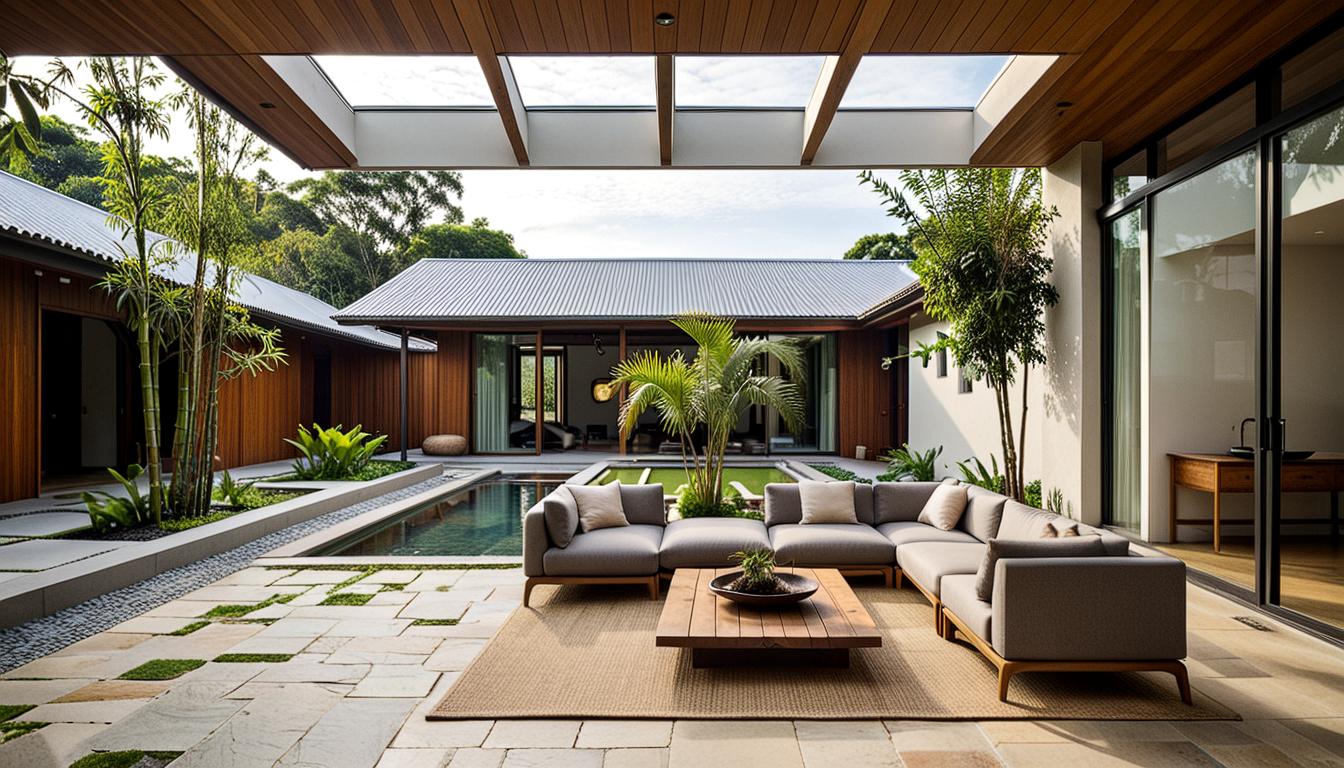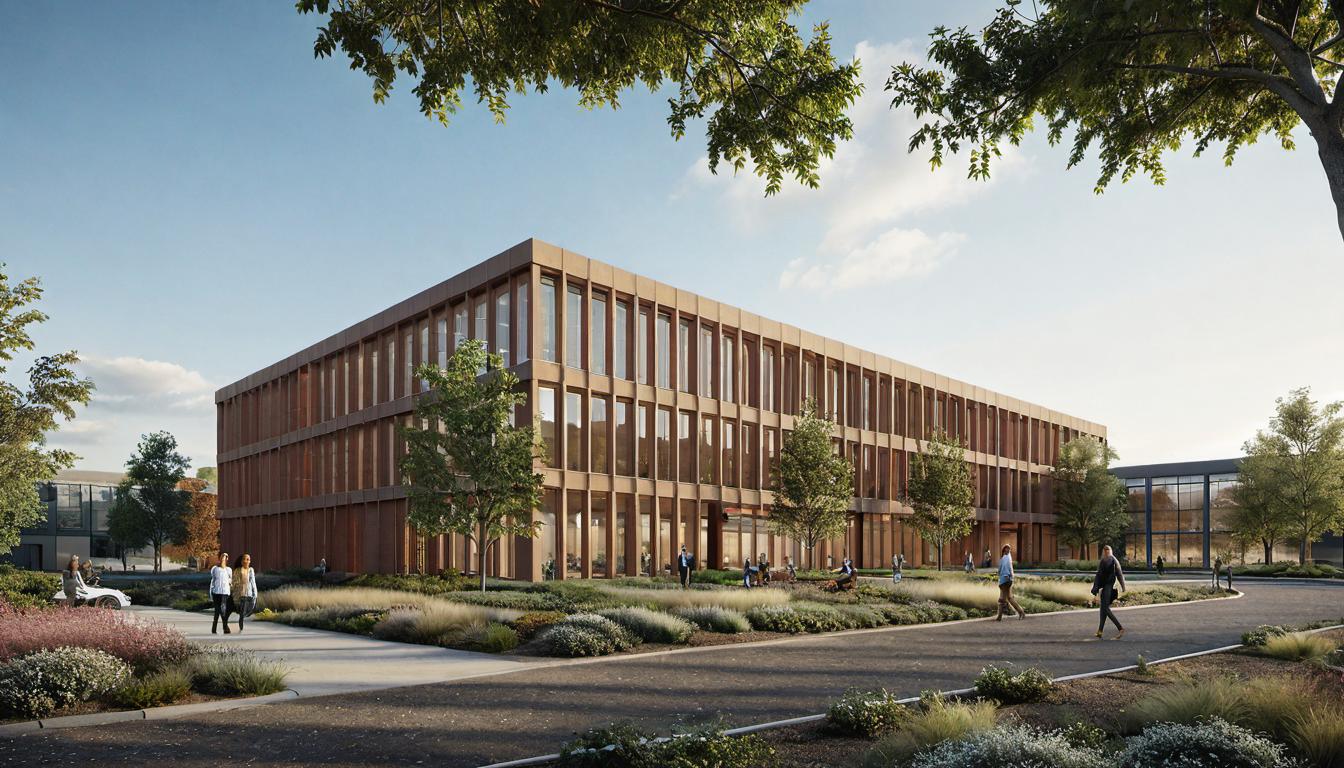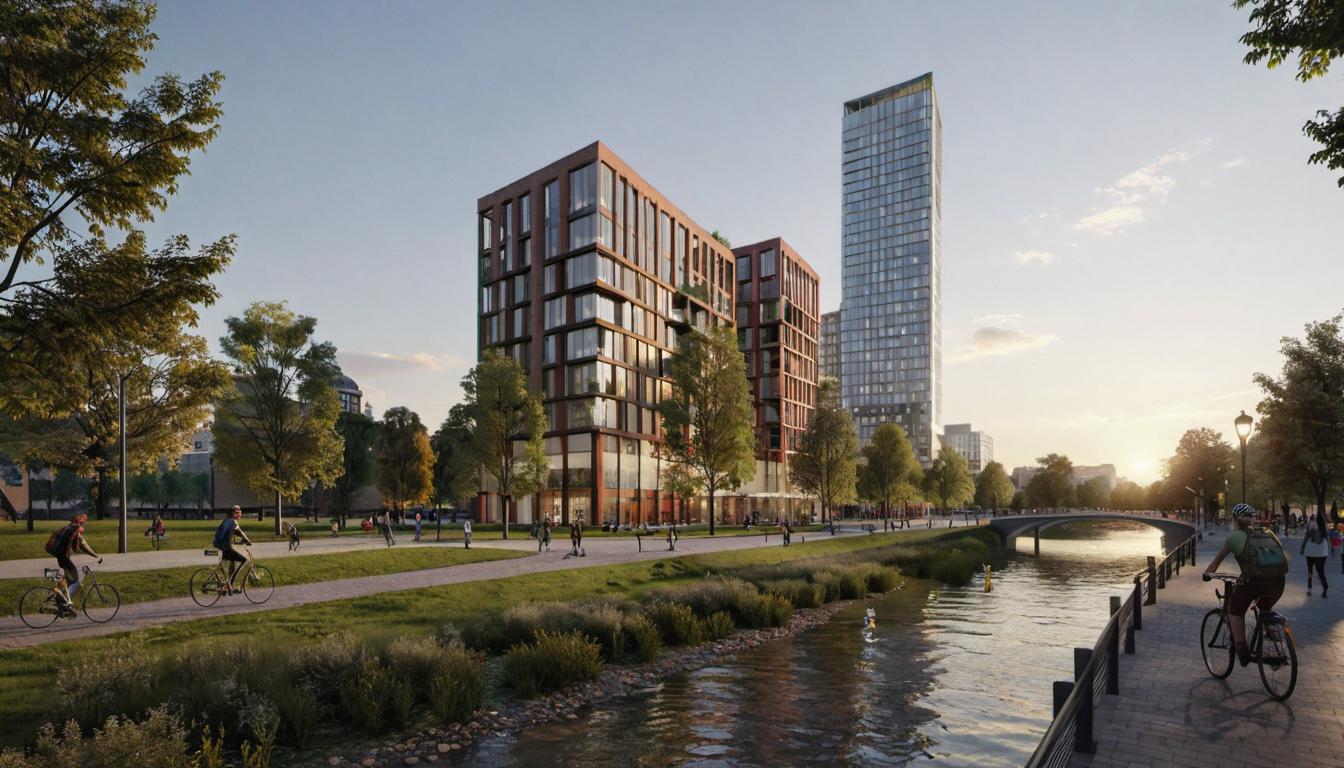The Impact of Evolving Technology on Architectural Designs:
Advances in technology are actively reshaping architectural design. The rise of 3D-printed buildings is an intriguing example of this at play. This trend has grown from being mere experiments to reality in a very short span. Notable is the 3D-printed concrete bridge that was opened in Holland in 2017.
Increased reliance on automated constructions is another trend stemming from technological enhancements. Automated construction offers sustainability and cost-efficiency. It refines workflow, ensures safety, and expedites pleasing project outcomes.
Finally, there are changes brought by smart home technology. Standards have shifted, and smart homes featuring wireless sound systems, remotely heated homes, responsive lighting, and smart appliances are now more common than ever.
Change in Architectural Materials: A Sustainability Drive
The sustainability drive has influenced a marked change in architectural materials. The use of innovative materials for eco-friendly constructions is on the rise. Buildings are now increasingly designed to go beyond traditional materials like steel and concrete. Examples of this innovative approach include soil-based structures and living materials.
With a view to be more sustainable, designs are increasingly nature-inspired, encompassing use of natural light, grand atria, vertical gardens, green rooftops and walls.
How Generational Shifts Influence Architecture
The younger generations, particularly millennials, are influencing architectural design in significant ways. One example is the drive towards small, modern, and multifunctional living spaces, often minimalist and designed to accommodate home working.
The incorporation of outdoor elements in residential designs is increasing. Backyard kitchens, outdoor living rooms, and conventional fireplaces are examples of this trend.
Interplay between Architecture and Retail Sector
The retail sector is impacting architectural design as well. The emergence of smart malls with integrated e-commerce and sustainable features for low carbon footprint is gaining popularity. These eco-friendly retail spaces offer an exciting glimpse into the future of retail architecture.
Turning back to Cultural Roots for Architectural Inspiration
As architects seek inspiration from their historical and cultural heritage, they have begun to blend these sensibilities with modern techniques, creating textures and environments that speak to local identity.
Fostering Sustainability in Architecture
The architecture industry is making favourable strides towards fostering sustainability. This includes designing with future considerations such as affordable rentals, resilience to climate changes, and reduced construction costs.
The advent of Biophilic Urbanism, an architecture trend that emphasizes environmentally friendly and efficient buildings, using energy-saving materials and practices is an example of this. The concept also includes green roofs and spaces, aiming to maintain natural habitats and keep the climate stable.
The Influence of Technology on Architecture
Another factor impacting architectural trends is the advancing technology. 3D printed designs not only reduce labor time but also streamline logistics while producing high-precision structures.
Modular construction is another trend that is gaining popularity fast. Promising efficiency and cost-effectiveness, modular homes have 70-90% of their components assembled at manufactures premises. This strategy proves effective for structures like medical facilities and hotels.
With the advent of advanced materials and techniques, once unthinkable designs are becoming commonplace with floating buildings leading the innovative design trends. These structures weather-resist even extreme phenomena like hurricanes and floods.
Futurism in Architecture: Scripting the Narrative of Future Living Spaces
In architecture, the concept of futurism is closely interlinked with technology advancements, societal shifts, and environmental factors. It represents the exciting potential of how living spaces could shape up in days to come.
Futurism incorporates architectural styles like the Space Age, Digital Revolution, Google Architecture, Neo-Futurism, Sustainable Architecture, and Parametric Design.
Among the promising trends in architecture is the application of smart technology. These aim to make buildings adaptable to their occupants. Settings like home-office conversions, self-regulating thermostats, app-controlled lighting systems, and smart doors with fingerprint sensors are part of this trend.
Green architecture focuses on designing structures that strengthen connections with nature while promoting environmental sustainability. Automation has revolutionized designs with the faster analysis of measurements and design production through programs and artificial intelligence.
Finally, Building Information Modelling (BIM), a collaborative process used in planning, designing, and constructing a structure, allows involved parties to make informed decisions using accurate, live data. It proves useful even years after a building has been constructed, enabling necessary updates and improvements.
FAQs
What is the role of 3D-printed constructions in modern architectural design?
3D-printed constructions are a rising trend in architectural design due to their precision and cost efficiency. They allow architects to create complex structures faster and more affordably.
How is automation improving construction for sustainability?
Automation improves construction sustainability by streamlining processes, improving safety, and producing faster and more pleasing results. It also helps reduce construction-related waste.
How does the architecture industry respond to the need for eco-friendly building materials?
The architecture industry is increasingly utilising innovative materials such as soil-based structures, living materials, and incorporating more nature-inspired design elements.
How is the millennial generation influencing architectural design trends?
Millennials are driving the demand for modern, multifunctional, and minimalist living spaces. Many of these designs are versatile, accommodating home-based work requirements.
What kind of changes are being brought by smart home technology in home designs?
Smart home technology is now standard for most homes. Features like wireless sound systems, remotely heated homes, responsive lighting, and smart appliances are widespread. These changes have greatly improved home functionality and convenience.






